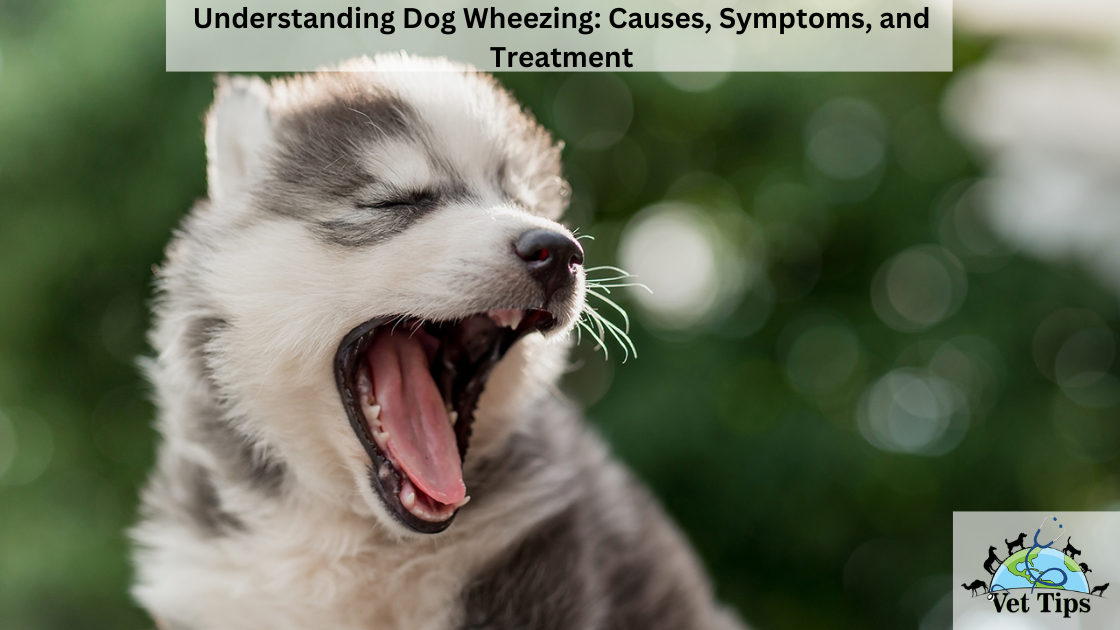Dogs are our loyal companions, showering us with unconditional love and joy. As responsible pet owners, we strive to keep them healthy and safe. One crucial aspect of their well-being is protecting them from pesky parasites like fleas and ticks. However, the irony lies in the fact that some of the very medicines designed to safeguard our furry friends might be posing a threat to their lives. So, let’s discuss “What Flea and Tick Medicine is Killing Dogs” in detail.
The Startling Reality
In the realm of pet care, the market is flooded with a myriad of flea and tick medicines, each claiming to be the most effective. But what if these seemingly harmless remedies are concealing a sinister secret? What Flea and Tick Medicine is Killing Dogs?
Let’s unravel the harsh reality that some of these products may be causing harm rather than providing relief.
A Poisonous Predicament
From topical solutions to oral medications, the options for flea and tick prevention are diverse. Unfortunately, not all products are created equal, and some may harbor ingredients that can be detrimental to our canine companions. Picture this: your furry friend, blissfully unaware, is administered a routine dose of what you believe to be a protective shield against parasites. Little do you know, you might be unwittingly exposing them to substances that could jeopardize their health.
Identifying the Culprits
To comprehend the gravity of the situation, it’s essential to identify the specific medicines that could potentially be harming our dogs. Research has shown that certain pesticides commonly found in flea and tick treatments may have adverse effects on canine health. These include neurotoxic reactions, allergic responses, and, in extreme cases, fatalities. It’s alarming to think that the very products intended to enhance our pets’ quality of life could be contributing to their demise.
The Hidden Ingredients
What makes these seemingly benign medications turn into potential threats for our dogs? The answer lies in the often overlooked ingredient list. Pesticides like pyrethroids and organophosphates, commonly found in flea and tick treatments, have been linked to a myriad of health issues in dogs. These chemicals, while effective in eliminating parasites, may also wreak havoc on the neurological and respiratory systems of our furry companions.
What’s to Do as a Pet Owner?
Always try to avoid any flea and tick prevention medecine having pyrethroids and organophosphates. If you do not find any alternative consult with your vet about the correct dosage of your dog according to his/her body weight.

Signs of Toxicity from Flea and Tick Medication in Dogs
Flea and tick medications, particularly those based on pyrethroids, notably the “spot-on” formulations, can induce symptoms within 15 minutes to a few hours after application. Recognizing the signs of poisoning is crucial for prompt intervention. Common symptoms include:
- Persistent Itching: Dogs may experience a tingling sensation, leading to excessive scratching or itching in the treated area.
- Restlessness: Agitation and restlessness may manifest as the dog attempts to alleviate discomfort.
- Unusual Behavior: Rolling around or attempting to bite the back can indicate discomfort or irritation.
- Vocalization: Dogs may vocalize distress through crying or whimpering.
Oral ingestion of pyrethrins or pyrethroids can lead to different symptoms, typically appearing within an hour of exposure:
- Excessive Drooling: Increased salivation is a common reaction to ingestion.
- Vomiting: Dogs may exhibit vomiting as the body attempts to expel the toxic substance.
- Appetite Loss: A sudden lack of interest in food is another potential sign.
- Gagging or Hacking: Respiratory distress may manifest as gagging or hacking.
- Agitation: Restlessness and nervousness can persist.
In rare cases, ingestion of bifenthrin, found in certain fire ant products, may result in severe symptoms:
- Tremors: Involuntary muscle contractions or shaking may occur.
- Twitching: Uncontrolled muscle movements, including twitching.
- Difficulty Standing or Walking: Impaired coordination and mobility.
- Weakness: Generalized weakness and lethargy.
- Seizures: In extreme cases, seizures may occur, posing a serious threat to the dog’s well-being.
Isoxazoline, present in oral flea and tick preventatives, can lead to:
- Muscle Tremors: Involuntary tremors affecting the muscles.
- Difficulty Standing or Walking: Impaired motor skills and coordination.
- Seizures: Uncontrolled electrical activity in the brain, resulting in seizures.
If you suspect your pet has experienced toxicity from these substances, immediate action is crucial. Contact your veterinarian, ASPCA Poison Control, or a Pet Poison Helpline for urgent advice tailored to your pet’s condition.
Causes of Flea and Tick Medication Poisoning in Dogs
Understanding the causes of poisoning is essential for preventing adverse reactions in dogs. The formulations of pyrethrins and pyrethroids can vary, with different concentrations tailored for specific uses. It’s vital to be aware of the intended applications, which include:
- Medicated Flea Shampoos: Over-the-counter shampoos containing these chemicals for flea control.
- Topical Preventives: Spot-on treatments meant for direct application to the pet’s skin.
- Home and Outdoor Insecticides: These are available in various forms, including liquids, sprays, granules, and foggers, targeting pests in the yard and garden.
Common brands incorporating pyrethrins/pyrethroids include:
- Advantage Sprays and Home Fogger
- Seresto Collars
- Hartz Products
- Advantix
- Vectra 3D
It’s important to note that many other generic and brand-name preventives may also contain these ingredients. Understanding the varied concentrations and intended uses is crucial for responsible pet care and avoiding potential poisoning incidents. Always consult with a veterinarian for guidance on the most suitable and safe flea and tick prevention for your pet.
Navigating the Maze of Medications
In a market saturated with choices, how can pet owners make informed decisions to protect their dogs without compromising their health? Understanding the active ingredients and potential side effects is the first step. Additionally, consulting with a veterinarian before choosing a flea and tick medication is paramount. Veterinarians, armed with knowledge and experience, can guide pet owners toward safer alternatives that offer effective parasite control without compromising their pets’ well-being.
Safe Alternatives: A Beacon of Hope
Amidst the sea of concerns surrounding flea and tick medicines, there is a glimmer of hope. Some companies are championing the cause of pet safety by developing innovative, natural alternatives. These alternatives harness the power of essential oils and plant-based ingredients to repel parasites without subjecting our pets to harmful chemicals. The shift toward safer options signifies a positive trend in the pet care industry, emphasizing the importance of balancing efficacy with the well-being of our furry friends.
Conclusion: What Flea and Tick Medicine is Killing Dogs!
As responsible pet owners, it is our duty to be vigilant advocates for the health and safety of our beloved dogs. Bad Flea and Tick Medicine serves as a stark reminder that not all pet care products are created equal. By staying informed, scrutinizing ingredient lists, and choosing safer alternatives, we can ensure that our pets lead healthy, happy lives, free from the shadows cast by potentially harmful medications.








